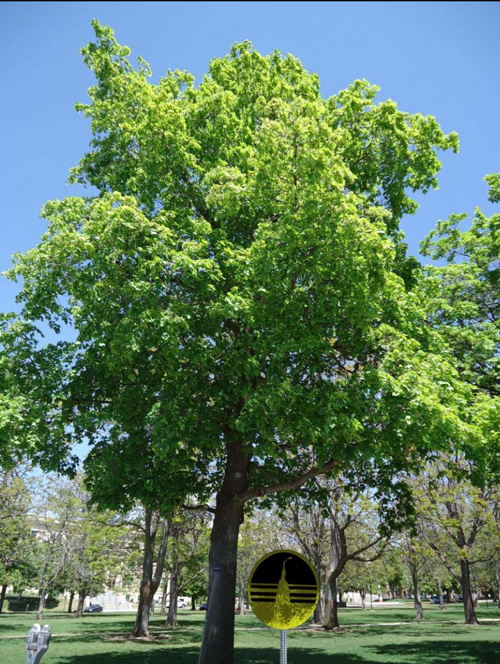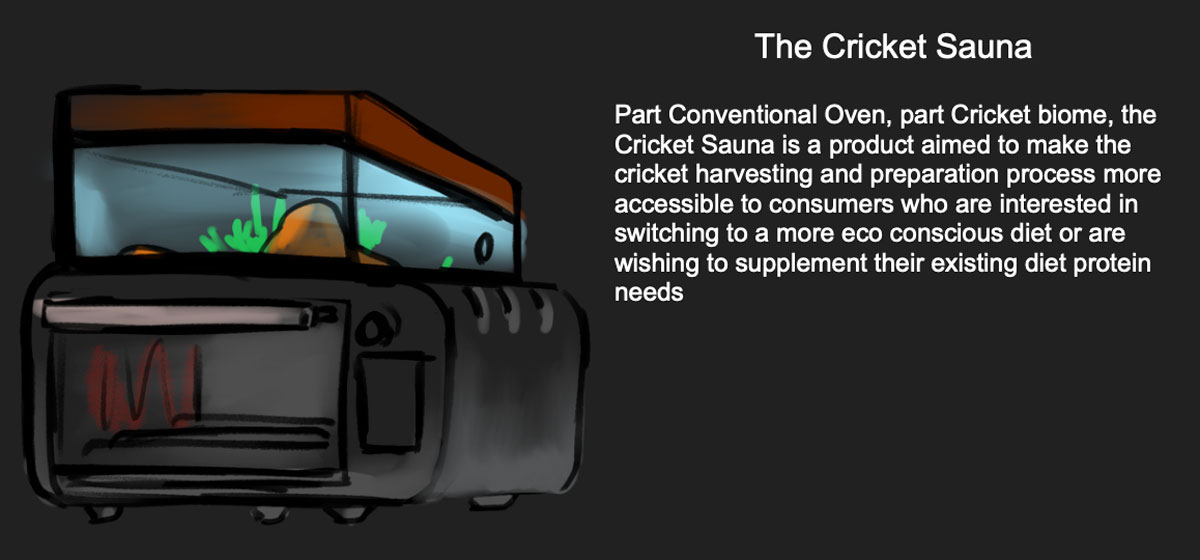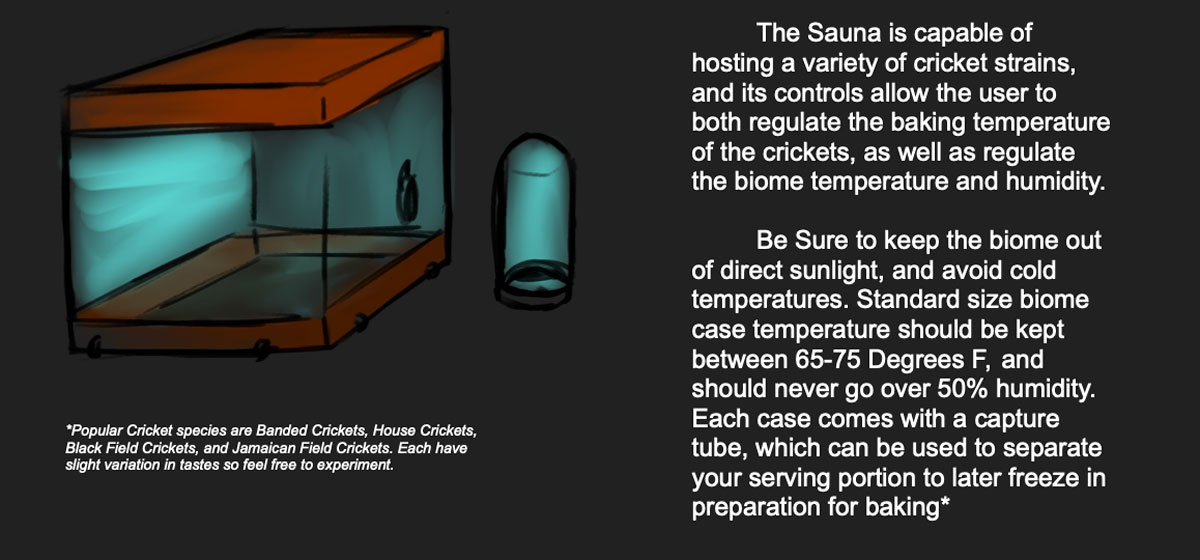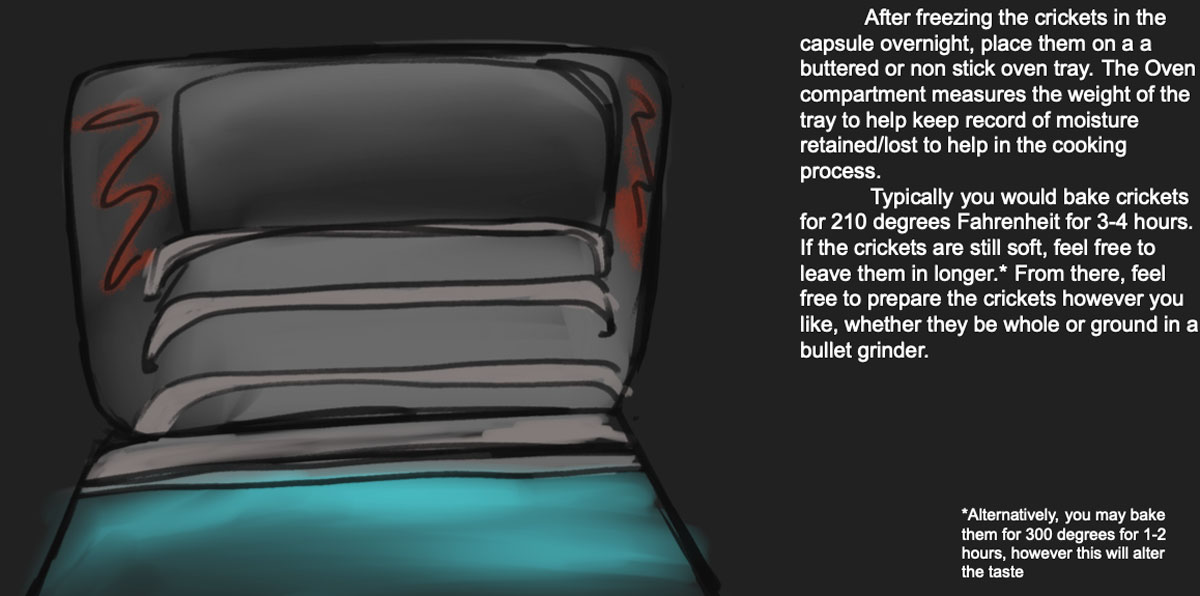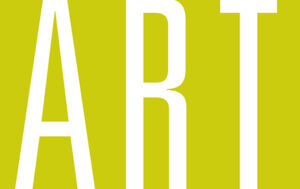
Christian Decareau

Genetics, Food, Humans, and Speculative Thinking
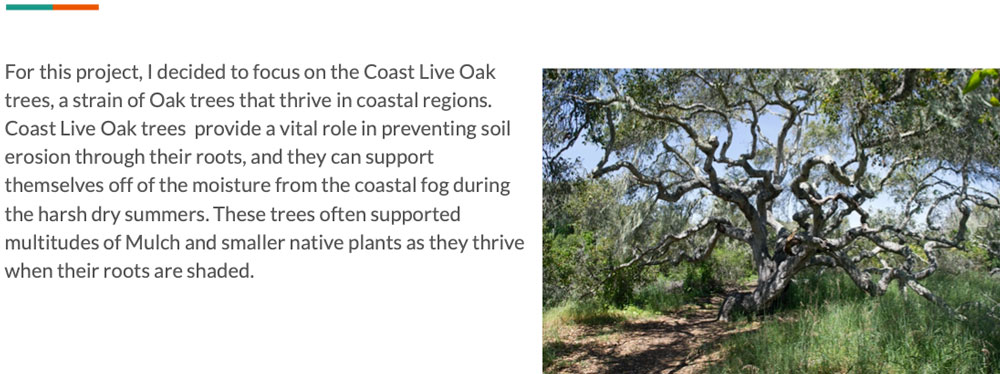
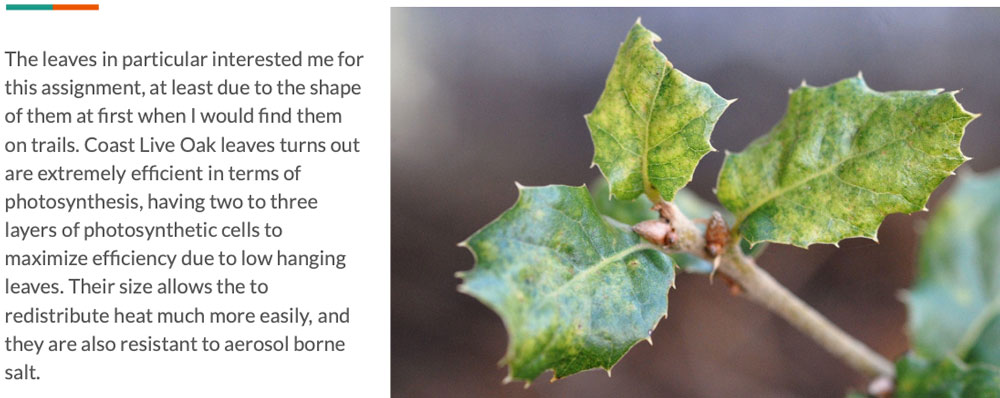
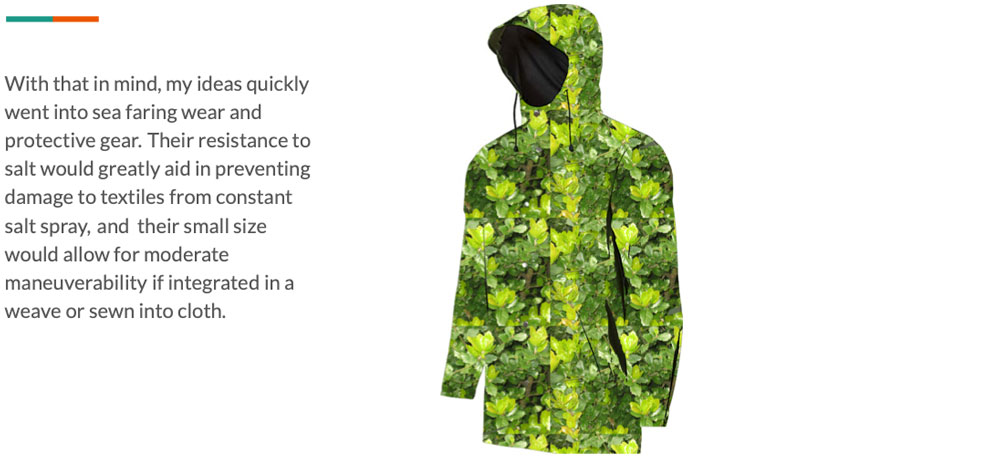
Leaves, Life, Structure, and Form
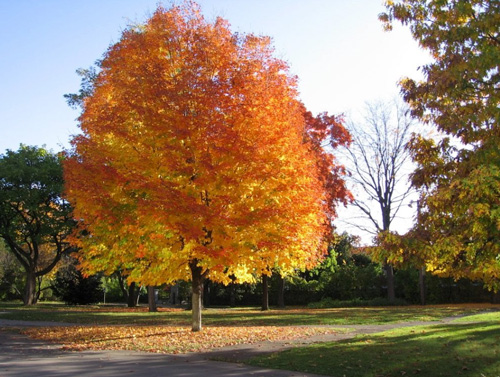
My original intent for this project was to utilize Coast Live Oak tree leaves as a method of making protective lining for fishing gear and the like due to their high resistance to aerosol borne salt. However, early on in the conceptual stages, the leaves proved to be to brittle and rigid, often tearing at the seams. This forced me to rethink my use of material and the project goals.
Looking at one of the more common trees found in my area, I stumbled on a dual solution. Norway Maple trees are very versatile in their ability to grow in a great range of climates. It can also flourish in poor soil and air quality. The caveat is that its an invasive species that alters nutrient composition of the soil its planted in and has widespread root networks that limit plant growth diversity.
There are pushback against the use of this tree and community lead movements to unroot and replace these trees with trees native to their respective regions. So my thought was in the process of removal, its leaves are repurposed as compostable or limited use items. Since we are in Fall approaching Winter, I thought why not make a leaf umbrella since hopefully we may see some rain soon.
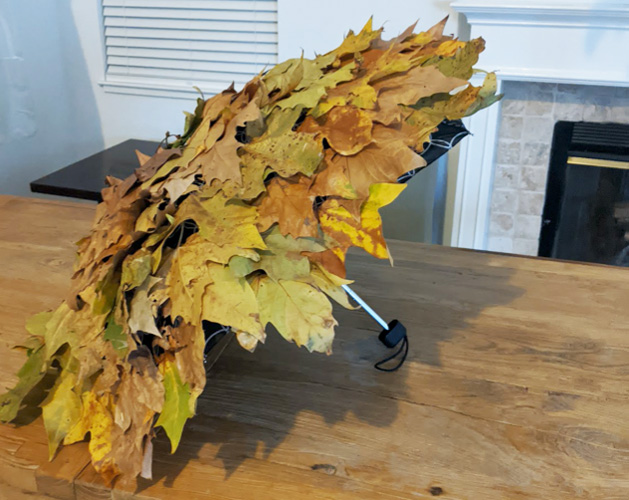
Construction was rather simple, I took an old gas station umbrella that couldn’t close anymore as a base, then I formed the crown of the umbrella by intertwining their stems with twisties. Overlapping these, I quickly found out that while a thread and needle could easily go through the leaves, shifting and movement ran the risk of tearing some of the more older leaves, even with a soak. So instead I would staple them, and use the staples as anchors through which I sewed the leaf layer to the defunct umbrella.
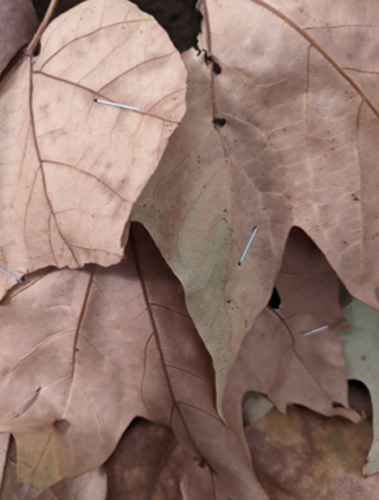
SIGNS FOR PLANTS:
HIMALAYAN BLACKBERRIES, CAPE IVY, AND NORWAY MAPLE TREES
Our previous leaf project intrigued me, and I decided early on that I wanted to do something related to invasive plants for this project. After some failed ideas, I settled on a warning/caution/notice sign theme, similar to signs we post along the road to warn of potential hazards such as crossing dear. I chose to focus on three found in Santa Cruz county, each with their own slew of problems and quirks: The Himalayan Blackberries, Cape Ivy, and Norway Maple Trees from my last project.
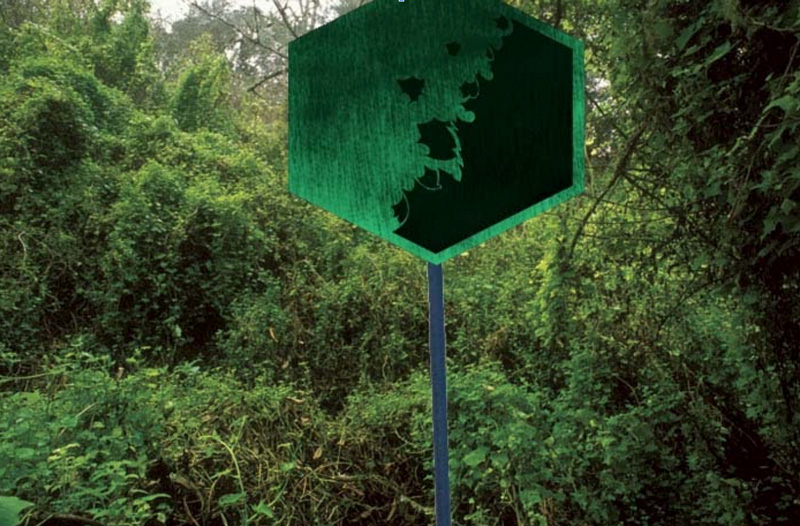
While my failure to meet scheduled deadlines due to inefficient planning lead me to not be able to physically post these signs, it is something that I look forward to continuing to see how people engage with these signs.
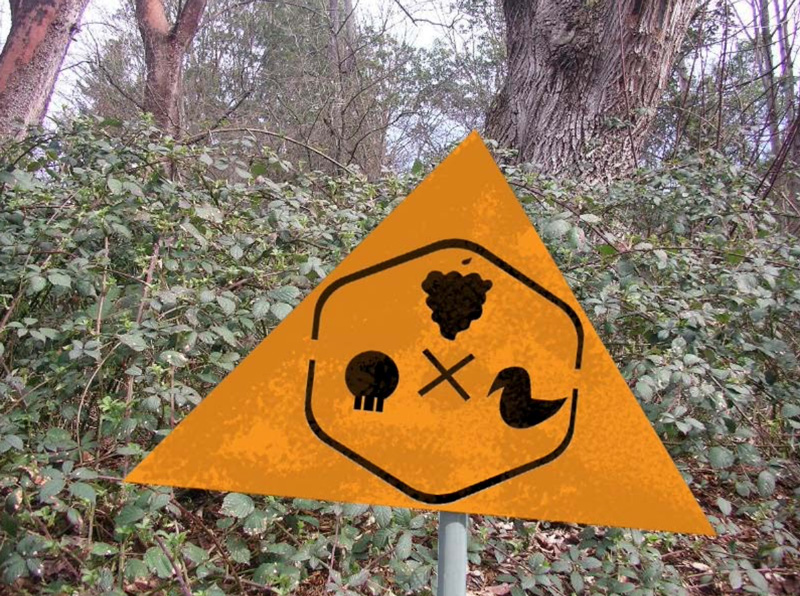
I made sure to design the signs in regards to the severity of said invasive plant. Cape Ivy and Norway Maple trees, while damaging to the local diversity of the fauna of the region, pose no immediate severe threat to life or the environment, and thus have sign shape similar to STOP or RXR signs. Himalayan Blackberries, which are highly poisonous, have a shape that calls to mind the “Danger Ahead” signs.
